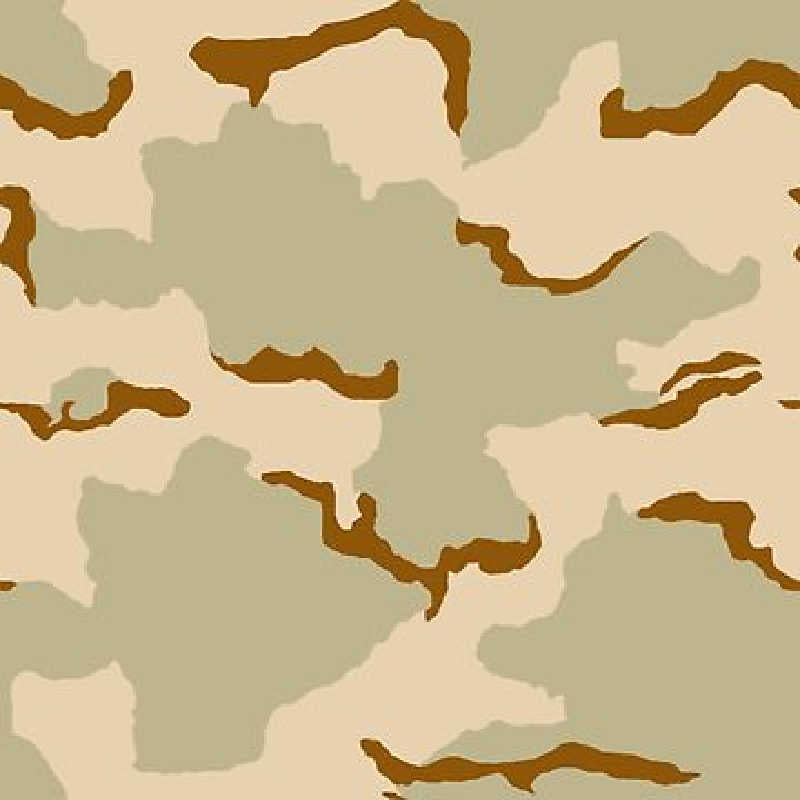

USGI | 3 Color Desert | GORE-TEX ECWS Complete Set
The U.S. Military Issue Desert ECWCS Parka & Pants Set is a genuine New Old Stock (NOS) military cold-weather system, built to U.S. military sp...
View full details
The 3-Color Desert Camouflage pattern, also known as the Desert Camouflage Pattern (DCP), is a distinctive military camouflage used primarily in desert environments. Here’s a detailed look at its history and development:
Early 1990s: The Desert Warfare Challenge
1991: Introduction of the 3-Color Desert Pattern
Design and Features
Gulf War Era (1990-1991)
1990s-2000s: Continued Use
Transition to New Patterns
Successful Desert Camouflage
Historical Significance
Legacy in Modern Camouflage
Overall, the 3-Color Desert Camouflage pattern played a crucial role in desert operations and set a precedent for future camouflage designs tailored to specific operational needs.

 Save Liquid error (snippets/product-badge line 32): Computation results in '-Infinity'%
Save Liquid error (snippets/product-badge line 32): Computation results in '-Infinity'%
The U.S. Military Issue Desert ECWCS Parka & Pants Set is a genuine New Old Stock (NOS) military cold-weather system, built to U.S. military sp...
View full details
 Save Liquid error (snippets/product-badge line 32): Computation results in '-Infinity'%
Save Liquid error (snippets/product-badge line 32): Computation results in '-Infinity'%
The U.S. Issue 3-Color Desert BDU Jacket is a genuine military surplus jacket, manufactured to U.S. military specifications for service in Operatio...
View full details
